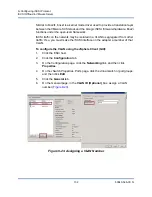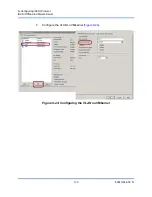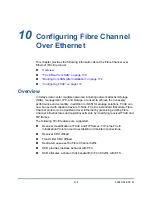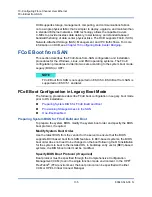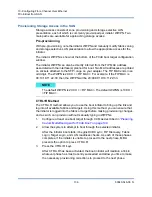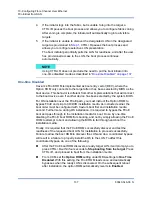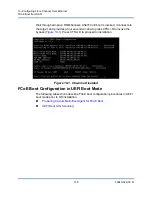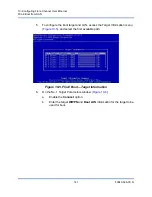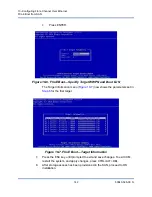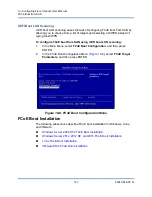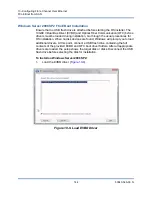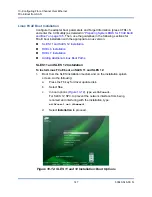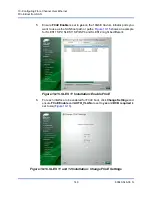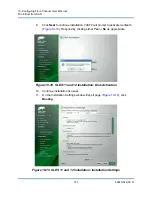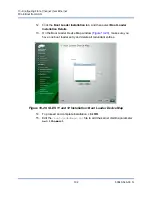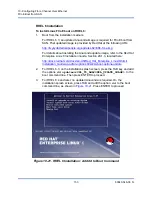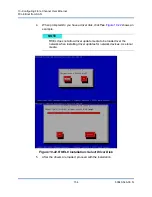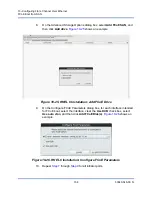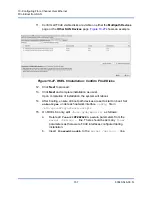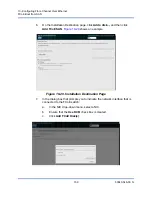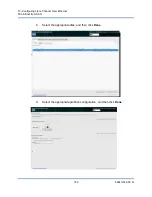
10–Configuring Fibre Channel Over Ethernet
FCoE Boot from SAN
146
83840-546-00 N
4.
Continue with the rest of the installation. After installation is complete and
booted to SAN, execute the provided Windows driver installer and reboot.
Installation is now complete.
Windows Server 2012, 2012 R2, and 2016 FCoE Boot Installation
For Windows Server 2012, 2012 R2, and 2016 Boot from SAN installation,
Cavium requires the use of a “slipstream” DVD or ISO image with the latest
Cavium drivers injected. See
“Injecting (Slipstreaming) Adapter Drivers into
Windows Image Files” on page 99
in the iSCSI chapter. Also, refer to the
Microsoft Knowledge Base topic KB974072 at
, which is
helpful for Windows Server 2012 FCoE Boot from SAN. Microsoft's procedure
injects only the eVBD and NDIS drivers. Cavium strongly recommends injecting
all drivers, especially those in listed below in
bold
font:
eVBD
VBD
BXND
OIS
FCoE
NDIS
After you have a properly slipstreamed ISO, you can use that ISO for normal
Windows Server 2012 installation, without needing USB-provided drivers.
NOTE
The boot initiator must be configured to point to the installation LUN that you
need, and the boot initiator must have successfully logged and determined
the readiness of the LUN prior to starting installation. If these requirements
are not met, the devices will still show up in the drive list above, but
read/write errors will occur when you proceed with installation.
NOTE
For the specific driver installer application for instructions on how to
extract the individual Windows 8400 Series drivers, see the
silent.txt
file.
There is a known limitation with Microsoft Windows OS boot from SAN
installation in a multipath scenario. Boot from SAN installation of
Windows OS is recommended with a single path to the target/LUN.
Multipath functionality can be added later, once the installation is done.
For more details and options, see the following article:

